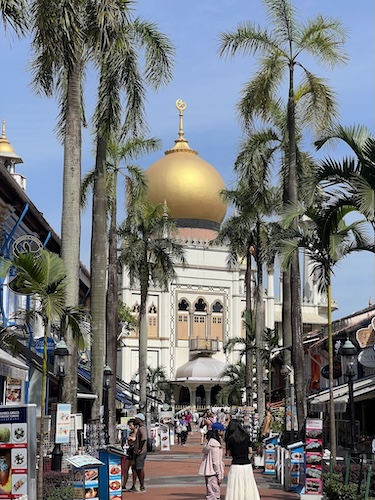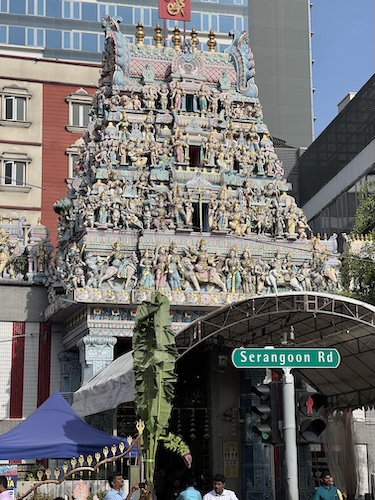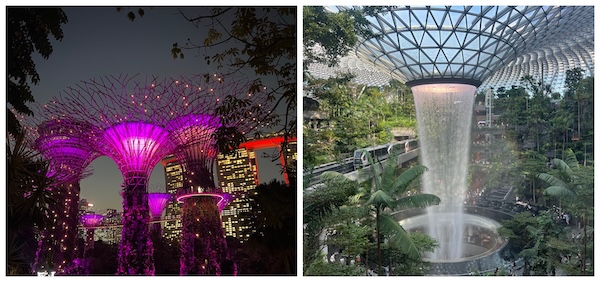kuniga.me > Docs > History of Singapore Cheatsheet
History of Singapore Cheatsheet
Index
- Pre-British Period
- British Colony (1819-1942)
- Japanese Occupation (1942-1945)
- Post-war period (1945–1955)
- Self-government (1955–1963)
- Singapore in Malaysia (1963–1965)
- Republic of Singapore (1965–present)
Pre-British Period
Details of this period are not very clear and is sometimes conflicting between sources.
Over the years Singapore used to be under control of different kindoms around the Malay peninsula such as the Srivijaya (671–1025).
Around 1400, the local ruler of Singapore, Iskandar Shah or Parameswara, had to flee to Malacca where he founded the sultanate of Malacca, around 1400. Singapore was eventually absorbed into it.
The Portuguese seized Malacca in 1511 and the then Sultan fled south and founded the Johor sultanate. In 1613 the Portuguese destroyed the settlement in Singapore and it was left to its own devices.
British Colony (1819-1942)
In 1819, Sir Stamford Raffles proposed that the British empire establish a port in Singapore due to its location in the trading route between China and India, and to challenge Dutch rule in the region.
At this time Singapore was still under the Johor sultanate’s rule. The British did some political maneuvers to put an ally in the Johor throne, Sultan Hussein Shah, in exchange for the right to setup the port. The Treaty of Singapore was signed on 6 February 1819.

Raffles vision was that Singapore would be a free port. Many traders came to the island to bypass Dutch trade restrictions, including Bugis (from South Sulawesi, Indonesia) and Peranakan Chinese (Early wave of Southern Chinese immigrants to Southeast Asia).
William Farquhar was the first governor of the colony but was replaced by John Crawfurd because altough he kept Singapore afloat in the early years, he allowed slave trade, gambling and the sale of opium.
In 1824, the Anglo-Dutch Treaty was signed and demarcated two territories: Malaya (under the British) and the Dutch East Indies (under the Dutch). Malaya became Malaysia and Singapore while the Dutch East Indies became Indonesia.
The opening of the Suez canal in 1869 increased trade between Europe and China, which made Singapore grow in importance.
During this period, the British brought many immigrants from India, via the East India Company. The majority of the immigrants were from Tamil Nadu, which is why Tamil is one of the four languages in Singapore.

Japanese Occupation (1942-1945)
In 1942 Japan invaded Singapore and renamed it to Syonan-to.
Post-war period (1945–1955)
After Japan lost the war in 1945, the British took control back of Singapore, but there was an increase wish for independence, which the Britsh agreed to but gradually.
Self-government (1955–1963)
In August 1958, the State of Singapore Act was passed in the United Kingdom Parliament providing for the establishment of the State of Singapore.
In 1959 the PAP party won by a landsline and Lee Kuan Yew became the first minister of Singapore.
Lee was a proponent of a merger with Malaya, where Singapore would maintain full autonomy.
Singapore in Malaysia (1963–1965)
In 1963 Malaya, Singapore, North Borneo and Sarawak were merged and Malaysia was formed.
Due to racial tensions (Malaysia is majority ethnic Malay, Singapore is majority ethnic Chinese) and political ideological differences, the union did not last long. Singapore was expelled from Malaysia in 1965.
Republic of Singapore (1965–present)
Some iconic Singapore sites were built since 1965. The Singapore Changi Airport was opened in 1981, while the Jewel was added in 2019. In 2012, Gardens by the Bay was opened to public.
